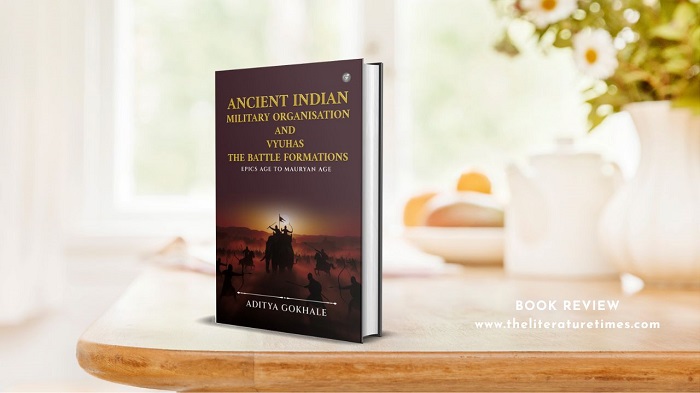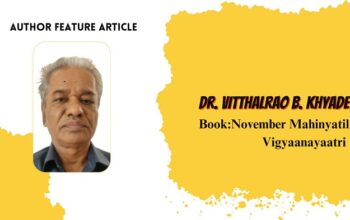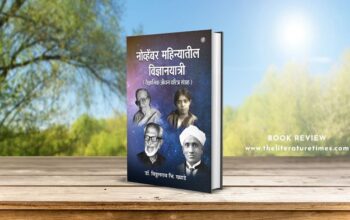Aditya Gokhale’s Ancient Indian Military Organisation and Vyuhas – The Battle Formations: Epics Age to Mauryan Age is a meticulous and scholarly exploration of the military systems of ancient India. It delves deep into the structural, functional, and tactical dimensions of warfare during one of the most formative periods of Indian history — spanning from the mytho-historical era of the epics to the empirically grounded Mauryan age. The author approaches his subject with the rigor of a researcher and the enthusiasm of a historian deeply invested in reviving the nuances of ancient Indian military thought.
The Ancient Indian Military Organisation and Vyuhas is divided into two primary thematic sections, each addressing a crucial aspect of India’s early military tradition. The first section focuses on the organisation and administration of armies — how they were structured, governed, and sustained. Gokhale’s discussion of the chaturanga-sena — the classic fourfold army comprising infantry, cavalry, chariots, and elephants — reveals not just the composition of these forces but also the sophistication of their management. His exploration of the Akshauhini system and the hierarchical breakdown of military units demonstrates the level of strategic thinking and logistical coordination that existed even in those ancient times. Particularly commendable is the author’s attention to the practical aspects of warfare — recruitment systems, the code of conduct for warriors, logistical challenges in troop movement, encampment practices, and even the remuneration and governance mechanisms that maintained the army’s functionality. These details transform what could have been a purely descriptive study into a dynamic portrait of how ancient Indian armies functioned as complex institutions rather than mere instruments of war.
The second section of the Ancient Indian Military Organisation and Vyuhas delves into one of the most fascinating yet often misunderstood aspects of ancient Indian warfare — the vyuhas, or battle formations. Here, Gokhale demonstrates his analytical strength by cross-referencing multiple sources: the Mahabharata, Puranas, Niti Shastras, as well as Buddhist, Jain, and even Greek accounts. He does not treat the vyuhas as mythical constructs but as tactical frameworks that reflected a deep understanding of battlefield strategy. His examination of the subtypes of vyuhas and their specific applications in various battle scenarios underscores the sophistication of ancient Indian tactical thought. The reader gains a sense that these formations were not random patterns but carefully designed strategic arrangements that required precise coordination and command — testifying to the existence of disciplined military structures capable of executing complex manoeuvres.
One of the Ancient Indian Military Organisation and Vyuhas’s major strengths lies in its interdisciplinary approach. Gokhale does not limit himself to textual or literary interpretations but incorporates elements of political science, logistics, and even data analysis to reconstruct the realities of ancient warfare. His background in data-driven analysis shows in the way he systematically correlates information across diverse sources, ensuring that the arguments are supported by layered evidence rather than conjecture. The result is an integrated narrative that bridges mythology and history without succumbing to the biases of either.
Equally praiseworthy is Gokhale’s ability to balance technical detail with accessibility. While the book is dense with information, it remains readable and engaging for anyone with an interest in early Indian history, military studies, or strategic thought. His prose is clear and methodical, avoiding both academic jargon and oversimplification. The author’s deep respect for his subject matter is evident throughout, yet he maintains a critical eye — questioning inconsistencies, acknowledging gaps in evidence, and offering interpretations that remain grounded in logic rather than romantic nationalism.
Through this work, Gokhale also contributes meaningfully to a broader understanding of how ancient Indian military systems were not isolated phenomena but integral components of statecraft and governance. By situating military organisation within the socio-political fabric of kingdoms and janapadas, he highlights how warfare was as much about administration and planning as it was about valor and combat. The detailed discussions of codes of conduct and ethical warfare practices further enrich the reader’s appreciation of the moral and cultural framework that guided ancient Indian martial life.
As an independent researcher, Gokhale’s dedication and methodological discipline are impressive. His association with reputed historical institutions like the Bharat Itihas Samshodhak Mandal and his participation in academic conferences lend credibility to his approach. His dual expertise — a grounding in IT-based data analysis and a passion for historical inquiry — makes his methodology refreshingly modern while staying rooted in traditional historical scholarship.
In essence, Ancient Indian Military Organisation and Vyuhas stands out as a significant contribution to the study of India’s ancient military heritage. It fills an important gap in understanding the transition from the semi-mythical wars of the Mahabharata era to the structured imperial forces of the Mauryan age. The book is both a meticulous reference for serious scholars and an enlightening read for general enthusiasts of Indian history. Gokhale succeeds in portraying ancient Indian warfare not as chaotic or primitive but as a highly organised and intellectually sophisticated system — one that blended strategy, ethics, and administration into a coherent martial tradition.



